Building Your Way to Success
Michael Araten, CEO and President, K'NEX
Related Trend Reports
Architecture, Art & Design, Babies, Business, Design, Eco Architecture, Food, Health, Home, Life, Life Stages, Lifestyle, Modern, Pop Culture, Toys Michael Araten, the President and CEO at K'NEX, joined the company in 2005. He is responsible for strategic direction and leads marketplace strategies on the toy side. The inspiration for K'NEX began in 1990 when inventor Joel Glickman played with straws at a noisy wedding and got a great idea. Just two years later, innovative product engineering and experimentation led to the popular rod and connector building system of which the company was named. K'NEX has grown exponentially over the years, and now kids can build vehicles, roller-coasters and other innovative creations using educational building sets. For Michael's team, the possibilities are endless.
Michael Araten, the President and CEO at K'NEX, joined the company in 2005. He is responsible for strategic direction and leads marketplace strategies on the toy side. The inspiration for K'NEX began in 1990 when inventor Joel Glickman played with straws at a noisy wedding and got a great idea. Just two years later, innovative product engineering and experimentation led to the popular rod and connector building system of which the company was named. K'NEX has grown exponentially over the years, and now kids can build vehicles, roller-coasters and other innovative creations using educational building sets. For Michael's team, the possibilities are endless.Three Questions with Michael
1. How does your team generate new ideas?
We come up with ideas in a variety of ways, but our product development process taps into our audience. We have a whole corporate strategy about finding out what kids love. We start by looking out for the largest audience of kids and what they're into, and then we figure out what makes sense as a building toy. We've developed an internal process to identify trends and look over the history of what’s performed well.
2. Do you have specific rituals for re-setting your team to be creative?
Our core design team works together in an open environment. Whoever has an idea can present it to the team, and then we display this idea to kids to get their viewpoints. Sometimes we let them test prototypes, or see images we have. We've been building toys for decades so we have the history to back up our ideas. We even use 3D printing technology to make better prototypes faster. We get tons of input from brand ambassadors and bloggers. We want as many fresh ideas as possible!
3. What is the biggest challenge you face when innovating?
There’s a cycle that keeps going: toys began in the physical world, and then turned digital and then they returned to physicality, and so on. The challenge is to find out what we can use from different industries to further improve our product designs in this respect. We've solved some of that challenge by bringing video games like Planet vs. Zombies to Xbox life, and designing products after popular digital characters like Pac Man, Family Guy and Mario. We are also solving a problem parents have: they want their kids to develop motor skills, use their imaginations and be creative. Most parents don't want their kids on the screen all day so making building toys based on popular shows and games is the easiest way kids can engage with their favorite characters without being glued to a screen. We are focused on innovation. We take lessons from the past and solve them by looking into what’s different, what has to change and how to solve the problems we face.
Featured Articles
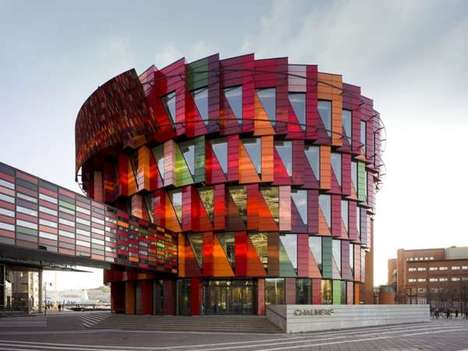
Tube-itecture
Architects use cylindrical shapes for a curvier aesthetic
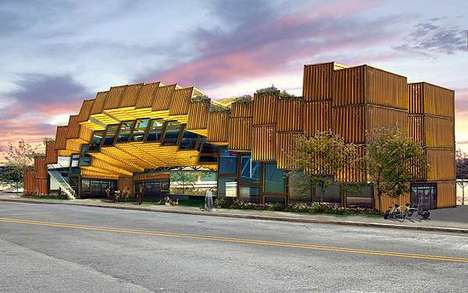
Toy Blockitecture
Building blocks become the basis for quirky and youthful architecture
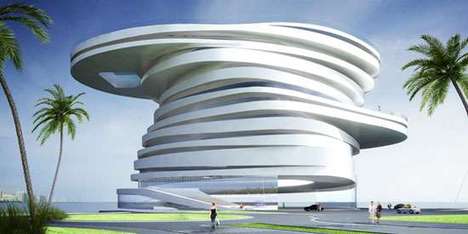
Toychitecture
Architects channel childhood games to create nostalgic edifices

Playstalgia
Simplistic toys and basic techology from the past making a comeback
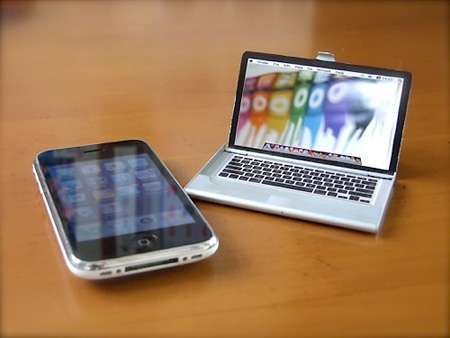
Office Play
Youthful expressionism in the office via toys for adults
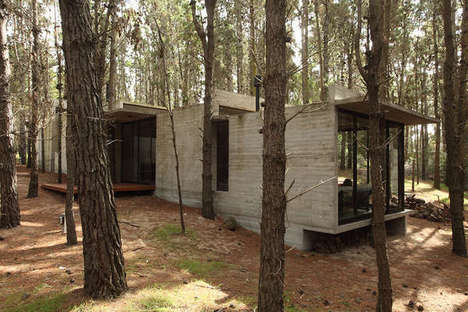
Illusory Architecture
Designers are adding interest to buildings by developing illusory elements
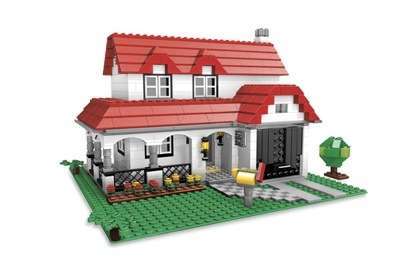
Geomitecture
Muses of youth return in adult designs to bring back carefree feelings
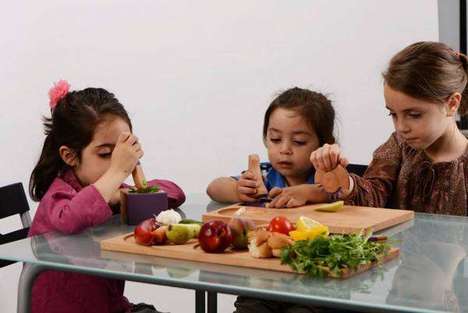
Preventative Play
The obesity epidemic has spurned educational, preventative products

Oversized Play
Enormous, exaggerated toys create an added element of escape to playtime